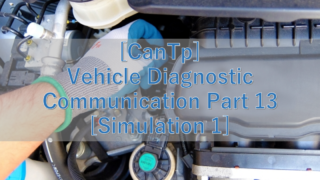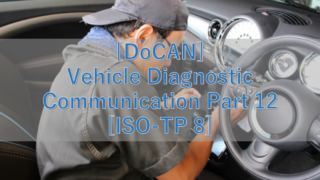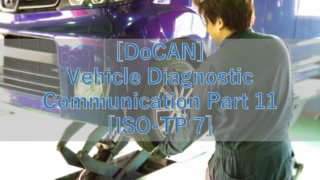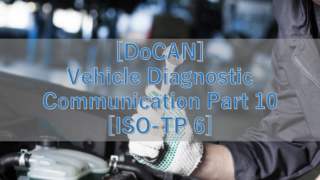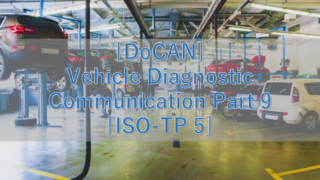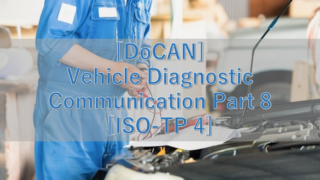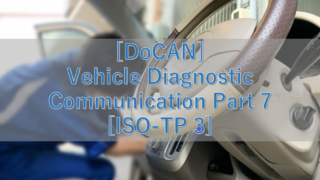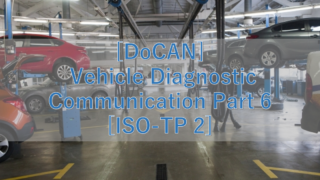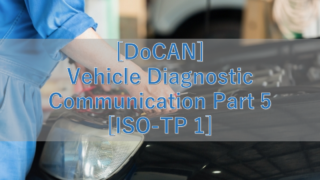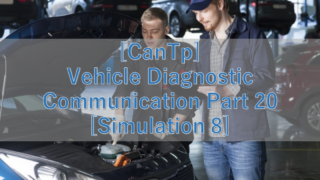 車両診断通信
車両診断通信 [CanTp] Vehicle Diagnostic Communication Part 20 [Simulation 8]
The Python package can-isotp can communicate ISO15765-2, or ISO-TP.
However, python-can must also be installed due to dependencies.
For now, SF (SingleFrame) transmission is possible.
The multi-frame transmission stopped at FF (FirstFrame) and ended in an error.
The protocol specification is that the next sequence cannot proceed unless FC is received after FF.
